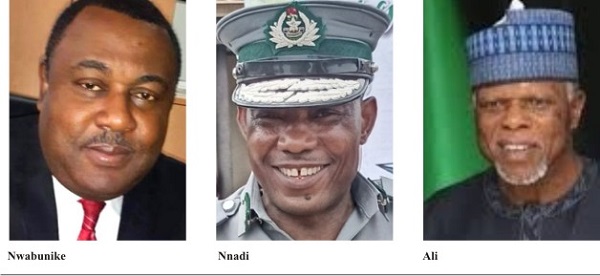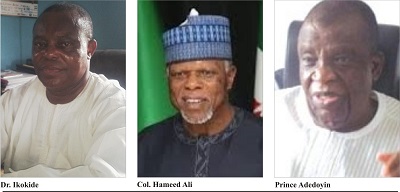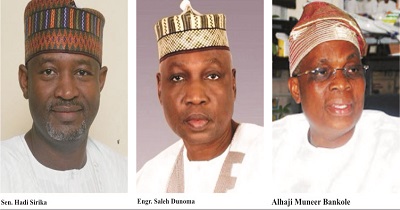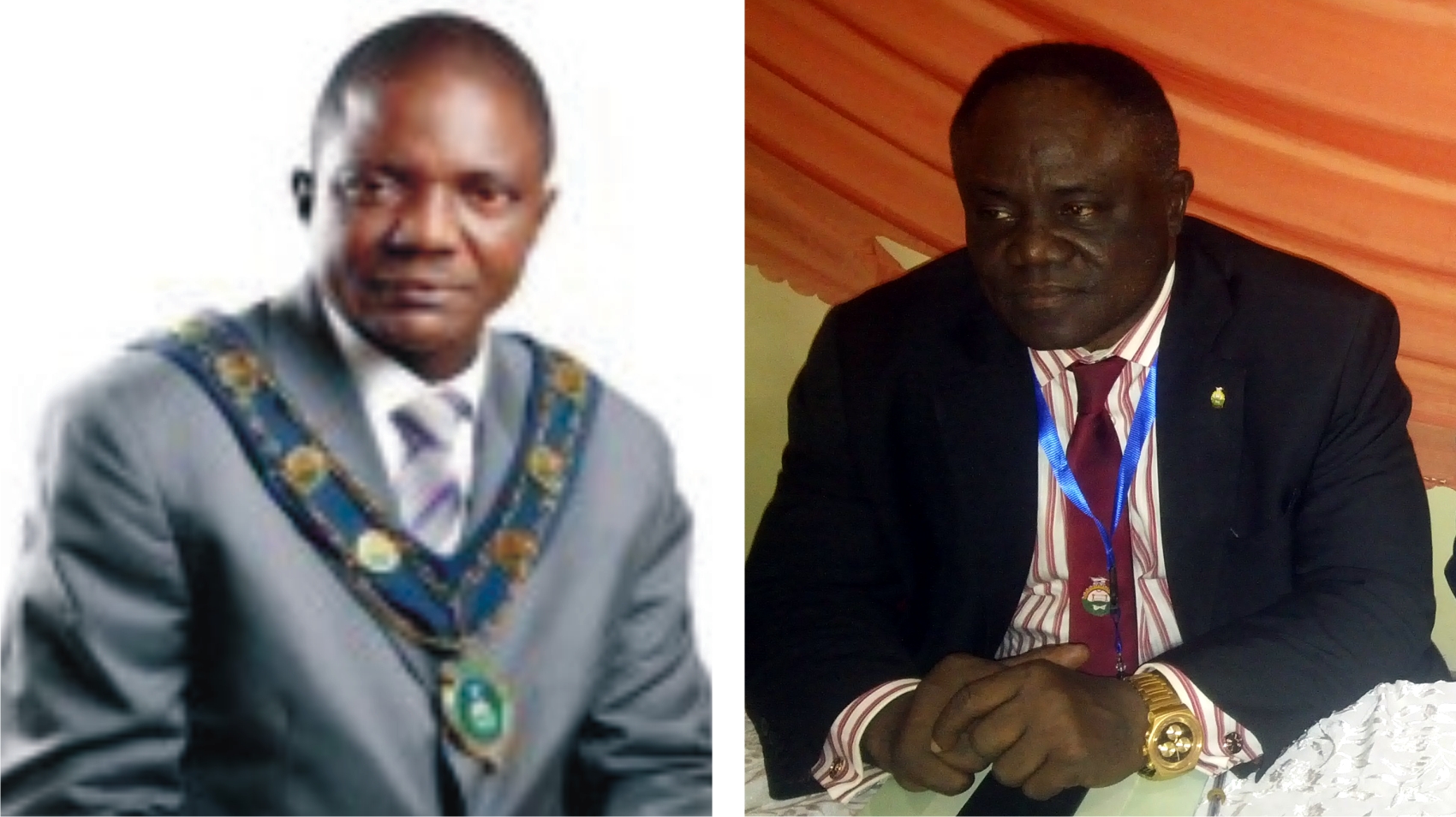Eastern Ports Viability And Challenges

By Yusuf Odejobi
Over the years there have been calls from importers, stakeholders and maritime industry veterans to decongest Lagos port and also increase cargo traffic to other parts of the country especially Eastern ports.
Apapa port and Tin can island port are Nigeria’s two leading ports located in the heart of Lagos. Congestion has been a major concern over time. Factors contributing to the congestion around the ports include bad road network, residential houses, cumbersome transit procedures, inefficient logistics systems and poor infrastructure.
Recall that the Nigerian Ports Authority (NPA), in a statement it issued in June 2019, approved a 10 percent discount on harbour dues for specific vessels calling at the ports in Cross River, Rivers and Delta states (known as the Eastern ports).
According to Managing Director of the NPA, Hadiza Bala Usman, she stated that the initiative is one of the series of steps taken by the NPA and the Federal Government of Nigeria (FGN) to decongest the Lagos ports and divert vessel traffic to the Eastern ports.
However, the call to make the river ports viable received a stunning comment by the Minister of Transportation, Rotimi Amaechi during a live programme on NTA.
The Minister said: “To have Nigerian river ports functional, you must have to dredge River Niger. For now, even if you dredge, it is still 2.5 to 3 metre draft, which determines the vessel that can go there and the minimum you can have is a six-metre vessel. There is absolutely no vessel that will come in there at 2.5 to 3 metres draft!”
Ameachi particularly described the rehabilitation of Baro Port as a waste of public funds, same with other major river ports of Onitsha, Lokoja, and Oguta which he said were all a huge waste of taxpayers’ money.
According to him, the Baro Port cannot be viable because of acute draft limitation while Onitsha, Lokoja and Oguta ports can only become functional and useful if the River Niger is dredged up to a draft of 6 metres.
These controversial statements however didn’t go without heavy criticisms and backlash from maritime industry stakeholders while some even called for the resignation of the minister.
Meanwhile, the National Inland Waterways Authority (NIWA) engaged the service of Akewa Colmar Terminal Limited (ACTL) to move containers from Lagos Ports to Onitsha River Port via Burutu Port in Delta State.
This decision was also said to be in line with efforts to decongest the Lagos ports and make Onitsha river port functional, but how realistic would this be, given the Transport Minister’s revelation.
Recent news from the Eastern port indicates a rise in cargo handling which NPa and some experts have attributed to the 10 percent discount in harbour dues.
Against this backdrop, MMS Plus newspaper reached out to Executive Secretary, Institute of Export Operations and Management (IEOM), Mr. Ofon Udofia.
Udofia refuted the claims that the increased traffic is a result of the 10 percent discount in harbour dues, arguing that the patronage of Eastern ports was driven by the congestion in Lagos ports.
He said: “The harbour dues are just a tip of the ice berg, we asked for 30% discount across board. If it was what was granted, the kind of traffic that will come here will be more than what people are seeing now. The traffic here now is a result of the unpleasant circumstances at Apapa and Tin Can Island ports.”
He explained further that export is about timing and that is the reason a lot of people are considering the Eastern port as alternatives.
“You cannot decide to export in Lagos and then you realized your goods are hanging. As I’m talking to you now i have a company that wants to do 500 Metric Tonnes which translates into about 25 containers every month. If it was not the congestion in lagos no one would even want to come here.
He, however, noted that despite the improvement of traffic, the high cost of freight charges are causing some impediments on business at the port. According to him the freight charges for exports in the east is high compared to Lagos.
“The freight is high compared to other countries too,what we should be having is what is obtainable within the other west African sub region. In Europe, Asia and America when they want to export they classify west Africa.” He therefore called on the NPA and NIMASA to look into the freight differential charges.
Commenting on NIWA’s decision on movement of cargoes to Onitsha via Burutu port, he explained that Nigeria as a country has signed over 600 agreements and the nation isn’t honouring the agreements, ” I’ll not rejoice over the announcement until I see the results,” he said.
On Amaechi’s comment on Nigerian river ports, he opined that what the river needs is maintenance.
According to him there are some countries who don’t even have half of what Nigeria has in terms of river ports and they’re doing very well with it, “even you as a human being when you’re old you’ll want to revitalize yourself,” he said.
Meanwhile, speaking with MMS Plus, the Chairman, Calabar seaport chapter of Association of Nigerian Licensed Custom Agents (ANLCA), Mr. Uche Oyebuchi, decried the low level activities in Calabar port
“In Lagos, there are several challenges affecting cargo clearance, but we don’t have any challenge in Calabar because we don’t have traffic at the Calabar port. Calabar port is very quiet. In fact, we’re clamoring for distribution of cargoes, so that most of those vessels that anchor at the high sea for days can be diverted to Calabar so we can be busy. Calabar port traffic is very low. We’re not having container vessels for now,” he said.
According to him, the last time container vessels arrived in Calabar port was in 2019.
“What we’re having at the moment is bulk cargo and that’s one of the reasons I keep supporting ANLCA. I want to use the goodwill and reach of ANLCA to leverage cargo distribution to our port and if there is a way they can divert vessels such as; roro vessels or container vessels to Calabar, it should be done. This will give freight agents and importers in the area a sense of belonging,” he argued.
According to him, the insecurity challenges attributed to Eastern ports is highly politicized, while the draft limitations could also be surmounted.
“It’s true that Calabar port draft is low, but could be having vessels of 15,000 or 17,000 MTs bringing in bulk consignment, if you divide it by 26 MT which is the average tonnage of a container, you’re talking about 500 container vessels. For now, we don’t have such numbers of containers to come into Calabar but we can also receive vessels with 300, 200 or 150 containers. The issue of draft shouldn’t be the reason the port is not being patronized because we have received vessels of bulk consignment of about 15000 to 17000MT in the past,” he said.
On security issues, he said; “It’s all about politics, in the sense that some people don’t want vessels to leave Lagos and come to the East. There is nowhere in Nigeria today that we don’t have security challenges. If our issue is piracy, it’ll be tackled inward but containers and vessels are coming in so we shouldn’t be promoting such a narrative.”







